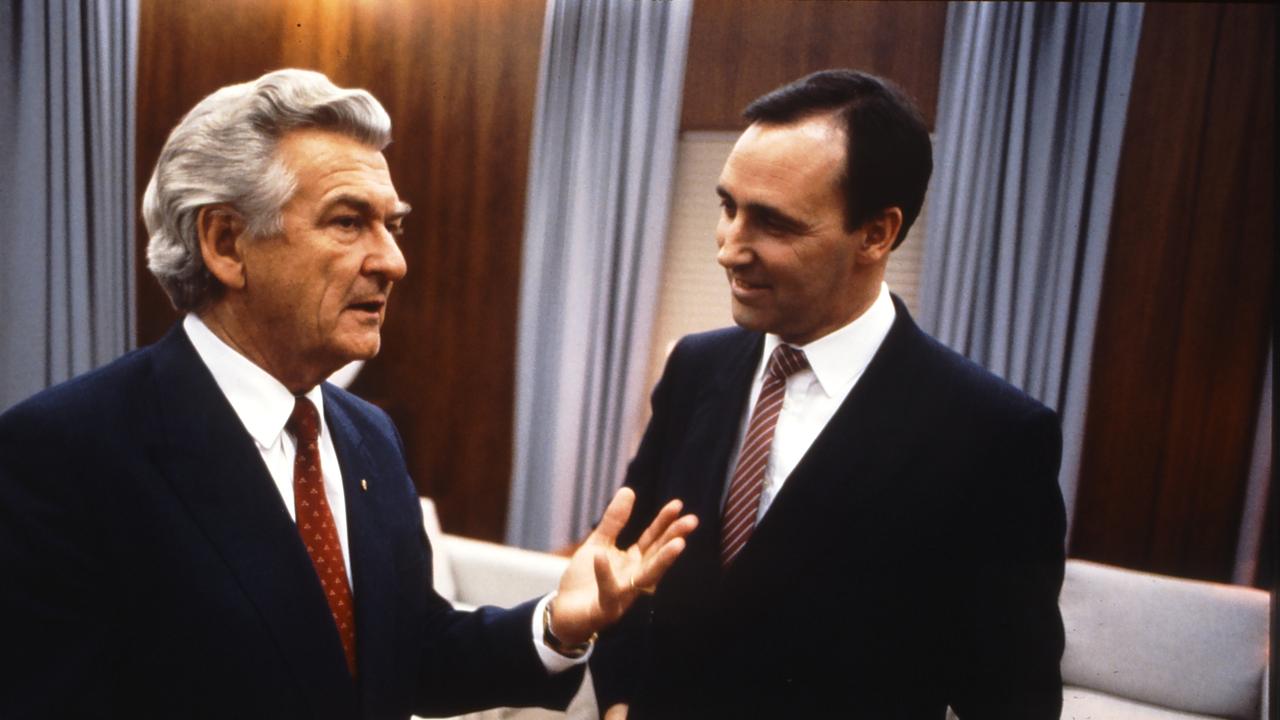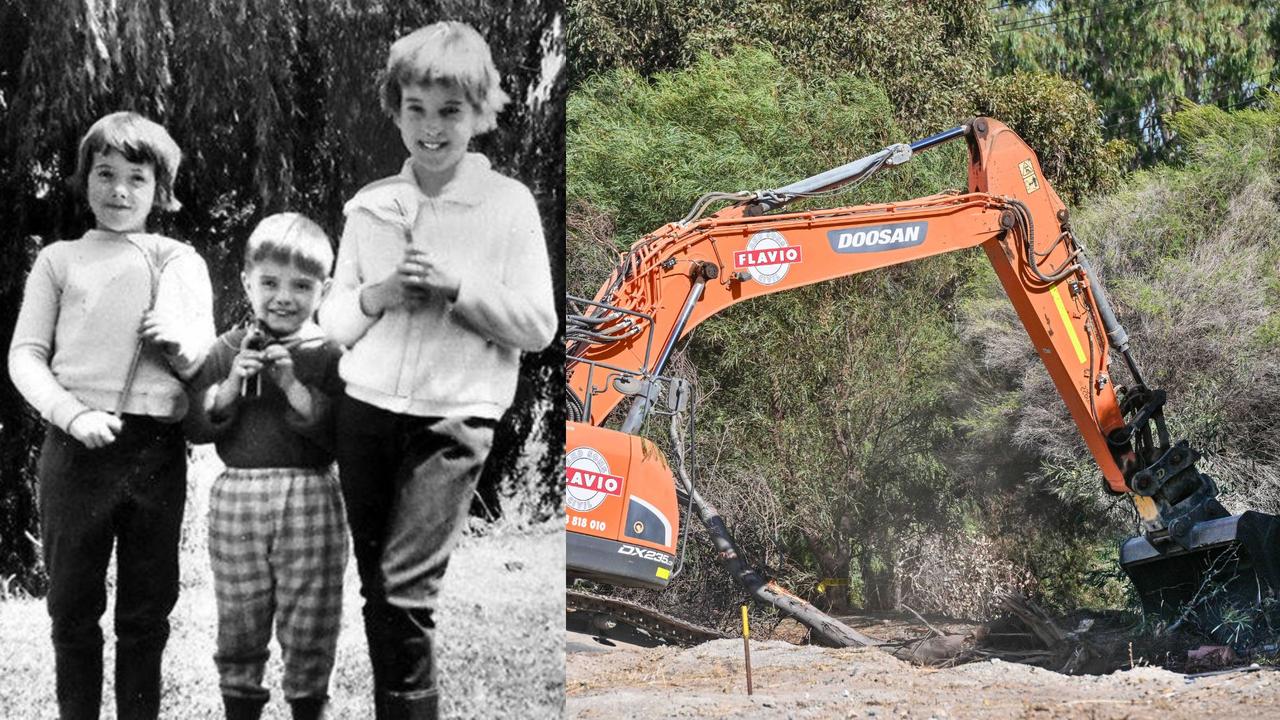Joe Hildebrand: Party time for Labor factions after Anastacia Palaszczuk resigns
As factions jostle for supremacy in the hunt for Queensland’s next leader, Joe Hildebrand reminisces about the party’s wars of past and delves into the effectiveness of Kevin Rudd’s “caucus rule”.

News
Don't miss out on the headlines from News. Followed categories will be added to My News.
The Australian Labor Party is the strangest and most magnificent of political beasts.
If it were a creature in the days of Empire it would be shipped from the farthest flung corners of the earth to hold pride of place in London Zoo.
At the most fundamental level it resembles something from the Island of Dr Moreau, an awkward stitching together of a historically Catholic working-class base with tertiary educated inner-city elites schooled in Marxism and atheism.
This has always been the party’s struggle.
Labor was crippled by it during the great split of the 50s and 60s, undone by it during the Whitlam years, saved by the sensible ascendancy of the right under Hawke and Keating and then left in the hot mess we have seen thereafter.

And so if Labor had become a zoological wonder for Hooray Henrys, they wouldn’t just be wondering about its DNA. They would be wondering how it ever survived.
The answer is not by being lofty or radical — the great Labor heroes of Chifley and Whitlam were martyred on that hill — but by being streetwise and smart.
The backroom scrambling to replace Annastacia Palaszczuk is a perfect case in point.
Let us leave aside for a moment the now well-established injustice and idiocy of border closures, school closures and lockdowns.
Instead let us consider another almost entirely unnoticed fact that goes to the heart of our democracy.

A decade before Covid another Labor leader departed, but this was most involuntary. His name was Kevin Rudd. And whatever his sins, of which there were multiple, I was and remain strongly of the view that knifing a first term prime minister was a terrifyingly dangerous precedent for any party to set.
The parties themselves, unfortunately, did not agree. And so they knifed first term PM Rudd, first term PM Gillard, first term PM Abbott and first term PM Turnbull.
But buried within this small catalogue of national shame was a move by Rudd upon his return supposed to ensure that such a fate would never befall him or any other Labor leader again.
The result, known everafter as “the caucus rule”, was supposed to make both the leadership more secure and the party more democratic — which, when you think about it, is a pretty obvious contradiction in terms.
An opposition leader could not be removed unless 60 per cent of caucus moved a spill and a PM could not be removed unless three-quarters moved a spill. Thereupon a vote would be held in which the caucus would carry 50 per cent of the weight and, for the first time, party membership would carry the other 50 per cent via a postal ballot.
This provided an almost insurmountable hurdle by which to remove an underperforming leader, combined with the messiest possible process to replace them.
Supposedly this would deliver more power to party members. But of course it quickly became apparent that activist branches would likely vote for the most left and thus least viable candidate.
And so Labor found a fix.
As a result, the first, last and only case of this shiny new beacon of idealism occurred in 2013 when Anthony Albanese and Bill Shorten went head-to-head and Chris Bowen was the temporary leader of the ALP for the long weeks in which the rank-and-file votes were gathered.

Insiders joked that it was the most stable period in Labor Party history but the length of time in limbo and lack of control was clearly unsettling. Moreover it was the person who lost the rank-and-file vote who ultimately won the leadership because he had stitched up the caucus vote. So much for grassroots democracy.
By contrast, when Albo took the leadership after Shorten’s shock loss in 2019 there was no vote. The deal was already done.
Likewise when WA’s Mark McGowan retired on a wave of adulation the left and right reached a way to replace him. Likewise in Victoria after the departure of Dan Andrews when the right shot down factional traitor Tim Pallas.
Now in Queensland there will be another deal done behind closed doors and so yet again the caucus won’t even get a vote, let alone the rank and file.
And the most shining example was in NSW where Chris Minns was effectively simply declared leader by head office. You don’t need a compass and a cut lunch to figure out if that was the right call.
And so the caucus rule to make the leadership more democratic has made it less democratic than ever, with the vote not even going to caucus, let alone the party membership.
But the most exquisite irony of the caucus rule is that the 60 to 75 per cent threshold for removing a leader was always an illusion. It would only take 51 per cent of caucus to abolish the rule altogether.
And that is the smartest thing about it.
More Coverage
Originally published as Joe Hildebrand: Party time for Labor factions after Anastacia Palaszczuk resigns








